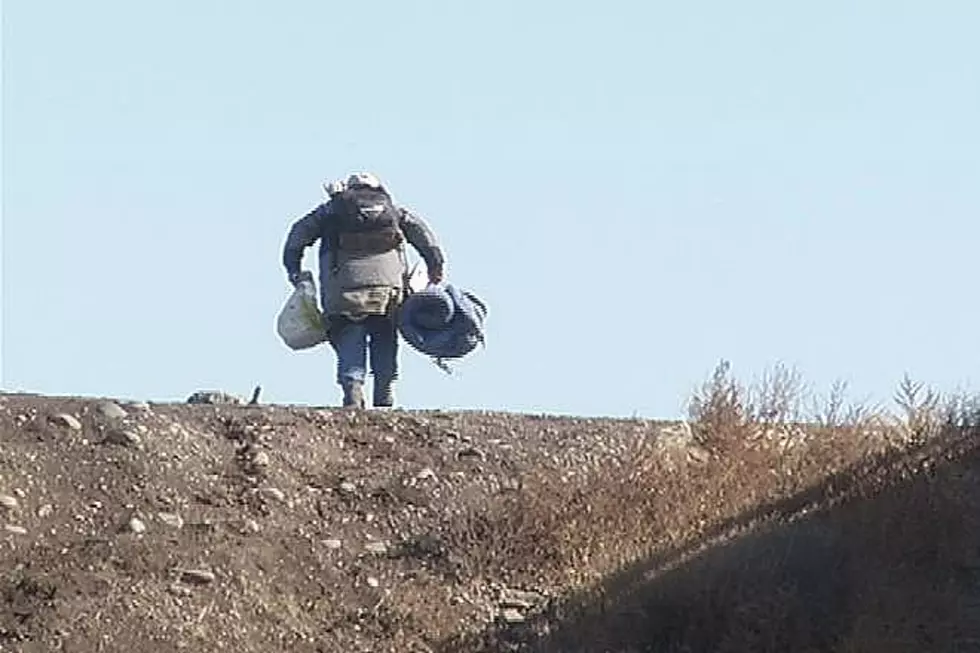
Major Cleanup of Yakima and Naches Rivers Set For Wednesday
A major cleanup to remove more than 9 tons of debris along the Yakima and Naches Rivers is set for next Wednesday. The Yakima County Commissioners say they'll use a helicopter to airlift the garbage and other debris.
The work starts next Wednesday morning
The work starts at 9:00 am next Wednesday and county officials say the debris is from six abandoned encampments on public properties in the 13-mile Selah to Union Gap area. They say the debris includes includes human waste, garbage, and syringes. A press release says "the waste is located on islands in the Yakima River, along the floodways, and in other fragile areas difficult to reach by foot or to access by heavy equipment."
The Yakima County Commissioners say they decided to airlift the material out of the area to protect water, the ecosystem and to make sure "that waste will not be washed downstream during the next high-water event."
The cleanup is needed to make areas healthier
Authorities say abandoned camps pose a serious health risk to people and the environment. County Commission Chair Amanda McKinney says "hepatitis B among campers, wildfires, and risk to first responders who rescue campers during flooding events put our entire community at risk. Our goal is to encourage campers to avail themselves of sanctioned shelters, and to return the river areas to the public purpose for which they are intended.”
County workers were busy for weeks collecting and bagging the debris for the airlift. 75 bags weighing about 250 pounds each are waiting to be removed next week.
Portions of the Greenway will be closed during the cleanup
County officials say the section of the Greenway between Boise Pond and the McGuire Playground will be closed to pedestrians and cyclists during the airlift to ensure public safety as loads are lifted from staging areas and deposited at pick-up locations. The entire airlift operation is expected to take about 6 hours to complete.
LOOK: The most expensive weather and climate disasters in recent decades
LOOK: See how much gasoline cost the year you started driving
LOOK: Here are the 50 best beach towns in America
More From 107.3 KFFM






